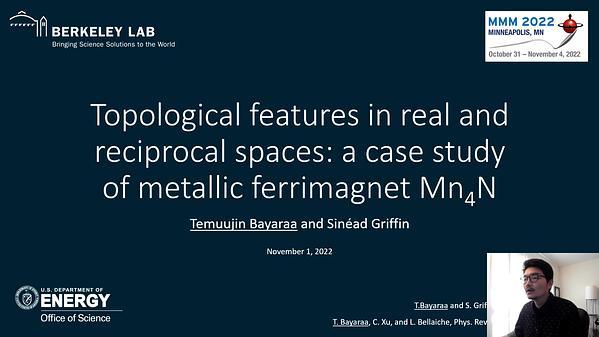
Premium content
Access to this content requires a subscription. You must be a premium user to view this content.

technical paper
Dynamic properties of magnetic nanoparticles in highly ordered arrangements: distance and frequency dependent properties
Nowadays, magnetic nanoparticles may be arranged into highly ordered, crystal-like structures, so-called mesocrystals. Compared to their bulk counterpart, the
characteristics of mesocrystals are not only determined by the specific material employed, but also by the shape of its nanoscale constituents, their ordering on the meso- and on the
macroscale and the resulting mutual interactions between them. We use ferromagnetic resonance (FMR) experiments and Brillouin light scattering (BLS) microscopy in combination with micromagnetic simulations to investigate and characterize
dipolar interactions between magnetic nanoparticles (MNPs) within such mesocrystals. The MNPs investigated in this work consist of iron oxide (magnetite - Fe3O4
) and are coated with
non-magnetic polymers, forming highly ordered hexagonal monolayer crystals as shown in fig. 1 a.
The magnetic response of the regularly arranged hexagonal mesocrystals can be tuned in a controlled way by varying the thickness of the non-magnetic polymer coating of the MNPs and
thus the lattice constant of the mesocrystal. The spectral features reveal that the dipolar coupling strength between the MNPs decreases as the spacing between MNPs increases, as shown in
fig. 2 a.
Structuring the monolayer by employing electron beam lithography, well-defined, circularly shaped MNP assemblies can be fabricated as shown in fig. 1 b. Performing BLS experiments a
main signal accompanied by a satellite signal can be observed, showing distinct dependencies on the externally applied field. 2D-BLS-mapping of the circular assembly reveals the
associated active areas within the assembly for the two resonances. The experimental findings of the FMR and BLS experiments are fully corroborated by micromagnetic simulations.
References

(a) Self-assembled, hexagonally arranged MNP monolayer. (b) Using electron beam lithography, well-defined MNP assemblies can be fabricated from monolayers as shown in (a).

(a) In FMR experiments on MNP monolayers (see fig. 1 (a)) of different spacing between the MNPs, but constant MNP size. (b) Investigations of structured MNP assemblies as shown in
fig. 1 (b) by BLS reveal two signals, both showing distinct dependencies on the externally applied field.

